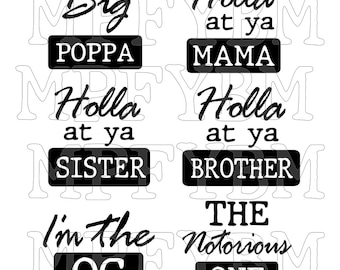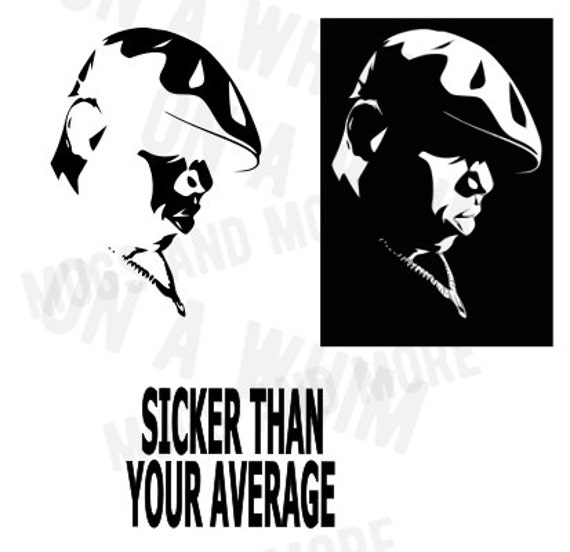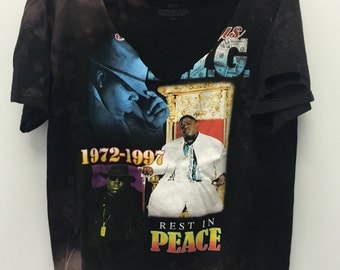
One of the earliest examples of a chatbot was a program called ELIZA, built by Massachusetts Institute of Technology professor Joseph Weizenbaum in the mid-1960s to simulate a psychotherapist.
#Notorious big sicker than your average free#
With the potential for delivering instant responses around the clock, chatbots free up customer support teams to apply their emotional intelligence to more complex queries. Most importantly, a chatbot can influence a customer relationship by responding to requests faster while meeting customer expectations.
#Notorious big sicker than your average software#
With chatbots, people can have a conversation with a person (a sales rep or a support agent, for instance), or interact with a software program that helps them find answers quickly. Most of us are familiar with bots for customer service in our consumer lives, and also with popular chat and messaging platforms like SMS, Facebook Messenger, WhatsApp, and WeChat. These programs can be customized and used in a variety of ways. Technically speaking, a chatbot (derived from “chat robot”) is a computer program that simulates human conversation, either via voice or text communication. Chatbots also speed up self-service options for customers and resolve common issues such as checking claims status, modifying orders, and more. Chatbots quickly give service reps the information they need, serving up relevant resources even as the context of a conversation changes. In the workplace, businesses use chatbots to boost agent productivity and efficiency in a range of ways. Their popularity is on the rise: service organizations have increased their adoption of chatbots - often powered by artificial intelligence (AI) - by nearly two-thirds since 2018, according to Salesforce’s State of Service report. You can watch the music video for ‘Hypnotize’ in the video below.What is a chatbot? Companies use chatbots to engage with customers alongside the classic customer service channels of phone, email, and social media. ‘Hypnotize’ was the lead single for the album and has been certified platinum in the US and two times platinum in the UK making it one of Biggie’s most successful singles. The album was recorded during what was a media frenzy surrounding the East Coast versus West Coast beef, centred around Biggie and California rapper Tupac Shakur. The majority of Life After Death including its lead single ‘Hypnotize’ was recorded in New York. The song also samples Slick Rick’s song ‘La Di Da Di’, the sample only appears partially during the chorus.įor the chorus, Biggie specifically recruited Pam Long from the group Total. Now, if that isn’t something that needs to be freed from the old school archives, then I don’t know what is. Furthermore, still has the cassette demo. The original demo featured Biggie behind the mic singing the female’s part. Surprisingly, many don’t know that Biggie wrote the entire song, even the female part.

Alpert continued in an interview proceeded to say that “Over the years was approached by Ice Cube, Easy E, Vanilla Ice, and maybe another 4-5 artists to use the song and never said yes until heard rough version of Biggie’s recording.”

According to Randy Alpert, Diddy chose to use the bass riff of ‘Rise’ because, along with Chic’s track ‘Good Times’, it was an extremely popular song that the kids of New York City were rollerskating to. The track was written by Andy Armer and Herb Alpert’s nephew Randy “Badazz” Alpert. ‘Hypnotize’ was produced by P Diddy and samples the 1979 song ‘Rise’ by Herb Alpert. In this article, we’ll be looking Behind the Mic to discover the story behind The Notorious B.I.G.’s 1997 hit ‘Hypnotize’ and bring you facts no one else knows about on how this classic was made.

For fans, it is fascinating to see how artists we admire and producers we love piece small things together like a jigsaw puzzle and before they know it, something unimaginable is coming through the speakers. Sometimes we need to dig even deeper to find those hidden gems.


 0 kommentar(er)
0 kommentar(er)
